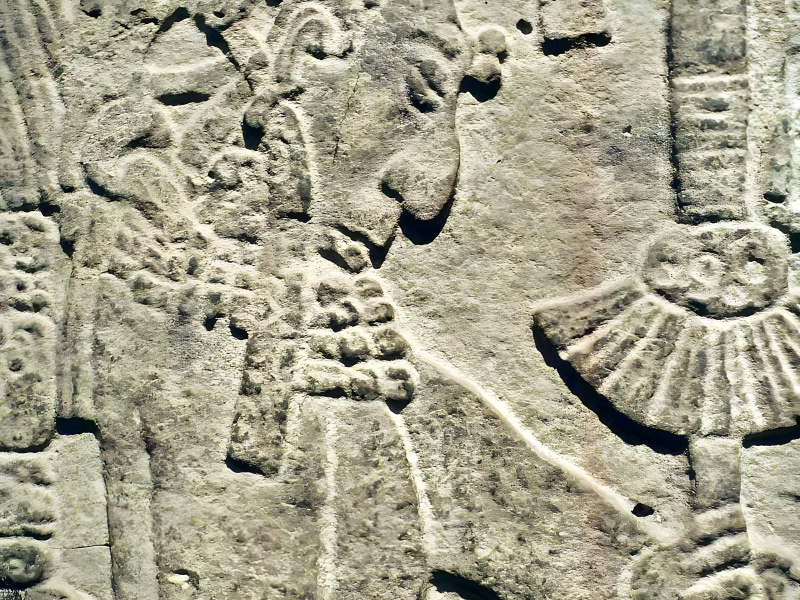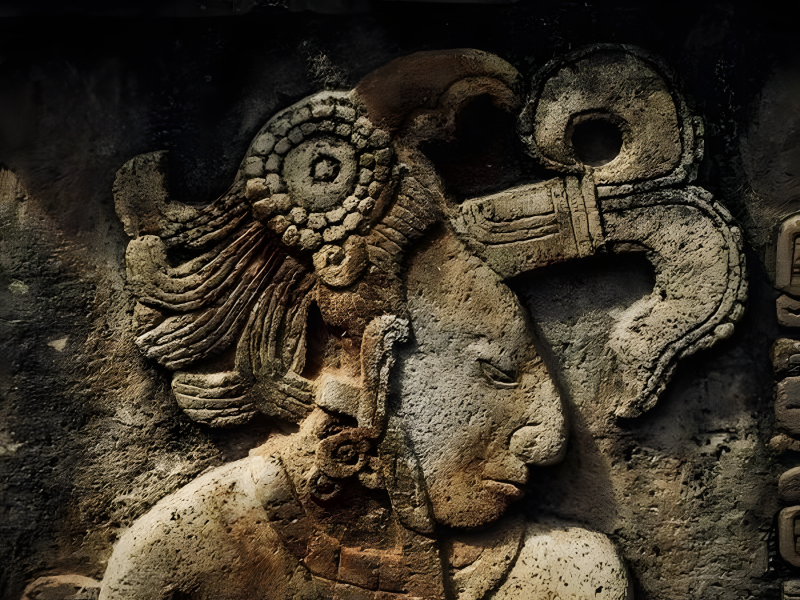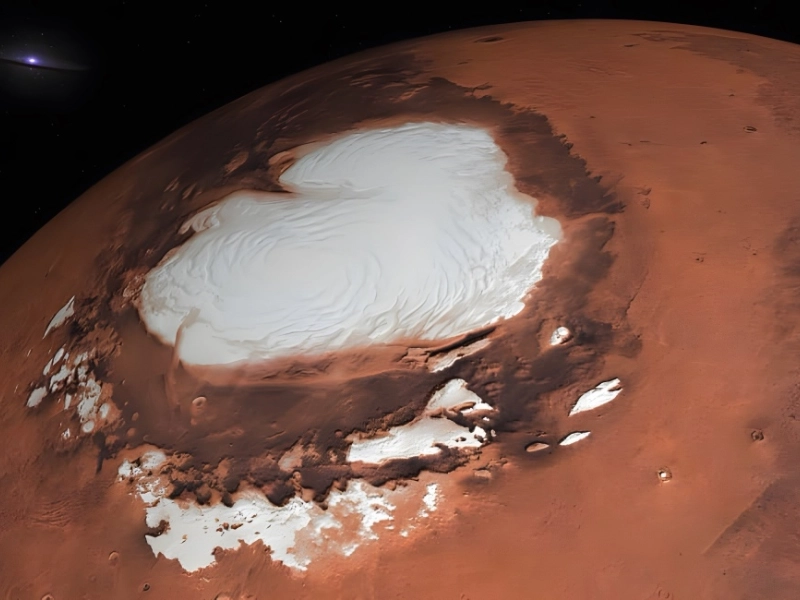Ancient Maya Calendar Mystery: How They Predicted World Events with Stunning Accuracy
4. The Prophecies of the Maya Calendar

The Long Count calendar, which tracks longer time spans, culminates in a baktun's end. A baktun's conclusion was celebrated with rituals and ceremonies that symbolized transition into a new era. While some interpretations suggest these transitions were accompanied by catastrophic events, the Maya themselves regarded them as moments of transformation and renewal rather than destruction.
The popular notion that the Maya calendar predicted world's end in 2012 was largely a modern misinterpretation fueled by media sensationalism. Scholars argue that the Maya anticipated a shift into a new existence phase rather than an apocalyptic event. This misunderstanding highlights the importance of contextualizing the Maya calendar within their cultural framework and appreciating their cyclical view of time.
The prophecies tied to the Maya calendar also reflect broader themes of balance and harmony. The Maya believed that the universe operated on equilibrium principles, where disruptions to cosmic harmony—whether through social unrest or environmental degradation—could have far-reaching consequences. The calendar served as a reminder of the importance of maintaining harmony with the natural world.
Ultimately, the Maya calendar's prophecies reflect their understanding of time and the universe. Rather than predicting an end, the calendar emphasizes cycles of renewal and transformation. The Maya perspective invites us to embrace balance in our lives and seek harmony with the cosmos. Studying these prophecies allows us to uncover Maya wisdom and apply their lessons to our own lives.










